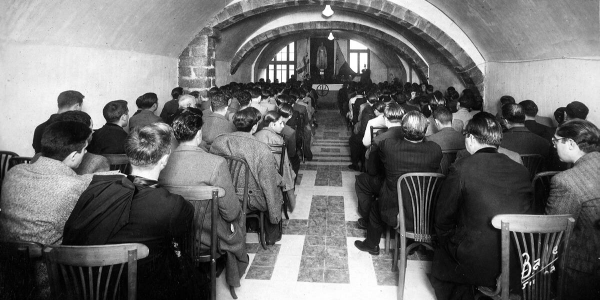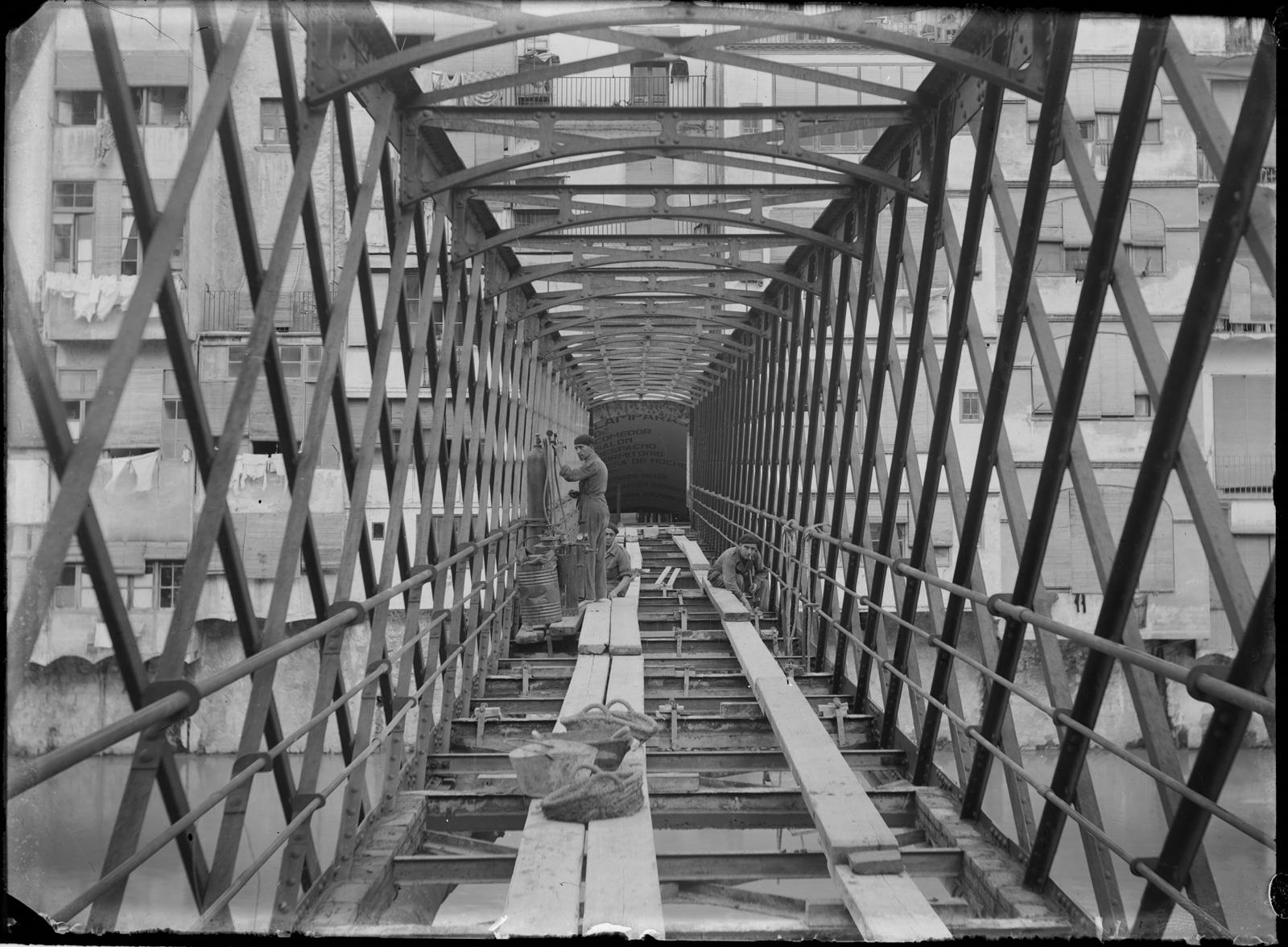It has been almost 4 years since I posted on this blog, so it is time for an update on what has been happening. In fact: quite a lot! One of the reasons I didn’t have time to write this blog, is that our group at CS Digital attracted so many projects we could barely handle them all. So lets’ talk about some of the more important projects and results that have kept us busy. In this blog, we will focus on our work for Europeana. Most of the outputs mentioned below involve editorials, storytelling, exhibitions. However, my work has seldom to do with the contents, but focuses on the project conceptualisation and management, out of a research interest in applying digital technologies, in particular online publishing, to the GLAM sector.
2017
In 2017, Photoconsortium became a partner in the Europeana DSI. In the context of the funding for the Europeana Core Services, work was done on realizing a large editorial project on photography collections: Industrial Photography in the Machine Age. Curator Sofie Taes worked with Photoconsortium partners to create a number of virtual exhibitions, galleries and bogs for the Europeana Photography collection.
You can see these here: https://www.europeana.eu/nl/exhibitions/industrial-photography-in-the-machine-age
Construction of the bridge at Peixateries Velles in Girona, Spain, 1923, Josep Jou Parés, Institution: Ajuntament de Girona, CC BY-NC-ND
In the meantime, we started work on the Photography metadata together with Europeana, developing a Photographer’s list and mapping the Photography thesaurus originally developed in the Europeana Photography project onto Getty AAT and Wikidata.
2018
Again, most of the work was concentrated on making Europeana a better online place, a better overall experience. We contributed through a series of projects funded in the CEF generic services. First of all Europeana Migration. This project aimed to bring a series of stories and editorials about migration in and out Europe, and also involved a digitisation effort. Together with lead partner Europeana Foundation and Photoconsortium, we produced galleries and virtual exhibitions and also worked on improving metadata for migration collections by working on WikiData. For us, it culminated in the magnificent real-life exhibition “Thousands are Sailing”, which was on display in Pisa in the fall of 2018 and travelled to Leuven afterwards. You can enjoy it on Photoconsortium’s website: https://www.photoconsortium.net/thousands-are-sailing/little-refugee-1916/. For Europeana, the virtual exhibition “People on the Move” was made: https://www.europeana.eu/en/exhibitions/people-on-the-move
Return of the miners, 1905, Constantin Meunier (original work of art), KU Leuven, CC BY-NC
2019
This must have been the busiest year of our careers, without a doubt! First of all, we continued our work for Europeana by leading the project “Kaleidoscope: the Fifties in Europe” and contributing to Europeana Common Culture, an effort to set up a network of National Aggregators for Europeana.
Kaleidoscope was our dream project, in which we could consolidate all our expertise in curating photography collections and exhibitions, as well as deepening our fundamental work on metadata development. We worked with a group of core partners in Photoconsortium with which we developed a very tight understanding and complementarity through the years. Again, Kaleidoscope produced many galleries and virtual exhibitions, as well as a hugely successful physical exhibition “Blue Skies, Red Panic” which travelled from Pisa (again at the wonderful Museo Della Grafica in the Palazzo Lanfranchi ) to Girona, Antwerp and finally Berlin, where it was on display at the famous Museum für Fotografie, which hosts the Helmut Newton Foundation. The online version of this exhibition can be seen on the Photoconsortium website: https://www.photoconsortium.net/exhibitions/blue-skies-red-panic/
A special version for Europeana can be found here: https://www.europeana.eu/nl/exhibitions/blue-skies-red-panic

Speeding toddler in Helsingborg park, 1957, AB Helsingborgs-Bild, Kulturmagasinet, Helsingborgs museer, Public Domain
An important activity in Kaleidoscope involved the further improvement of photographic metadata by two efforts: an annotations campaign with NTUA, using the WITHCrowd platform, and a demonstrator of automated photographic patterns recognition by using deep learning algorithms, research done by partner imec/ETRO.
You can find the annotation campaigns here: https://withcrowd.eu/en
For Kaleidoscope, we produced a MOOC “Creating a Digital Cultural Heritage Community“, in which we focus on user engagement best practices online for Cultural Heritage institutions.
You will find in the MOOC some very interesting contributions on Photography in the Fifties by experts from the Photoconsortium network.
2020
In 2020 we continue the work for Europeana Common Culture – which is more policy-oriented and aligns with work we do with Flemish national as well as H2020 funding on Digital transformation in the CHI sector. More about this in another blog!
But we also started a new large CEF project, Europeana XX Century of Change, which promises a wide range of editorials for Europeana with a broad network of aggregator. This time it covers main themes of the XXst century.

Title: Reunió fejocistes, Desconegut, 1936, Ajuntament de Girona, Catalunya, Public Domain


